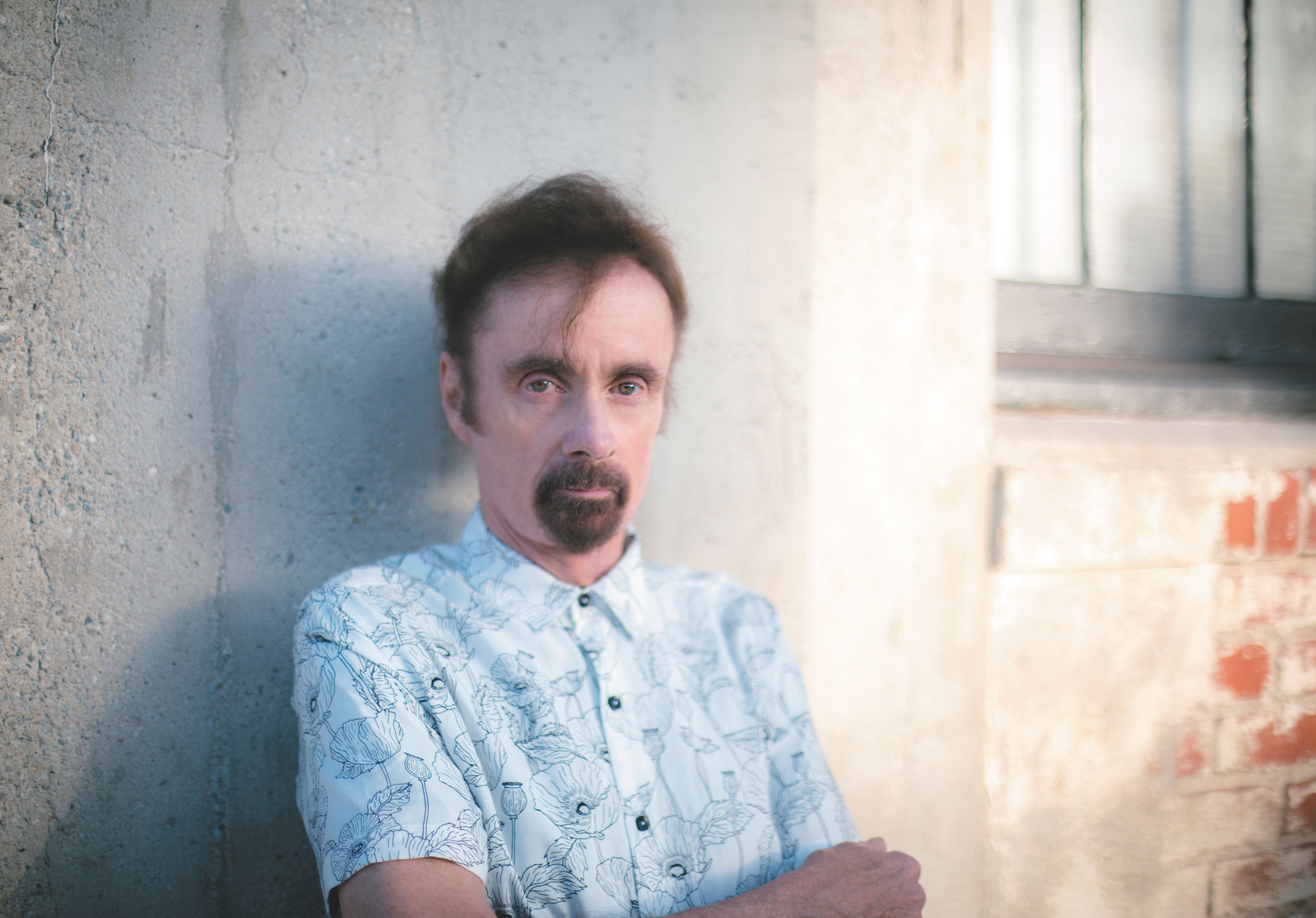T.C. Boyle Takes on Acid
Author Goes Behind the Scenes of ‘Outside Looking In’

Of course T.C. Boyle’s new book is about psychedelics. The peacocking and impossibly prolific word wizard of Montecito released his 20th novel this month, and, on its face, Outside Looking In is in perfect lockstep with so much else in the mainstream vernacular these days. It checks all the boxes of the modern Psychedelic Renaissance that we are currently experiencing: psilocybin, LSD, rumors of medical value, and hopes of better decoding the wilderness of human consciousness. But, with Boyle being Boyle, that is where the predictability ends. Outside Looking In is, in turns, a raucous and reserved cannonball into the deep end of the baby boomer mind-set and the ongoing experiment of American mythmaking.
“Look, when I was doing drugs — and I have done most of them — we weren’t looking for God. It was all about getting high and going crazy,” explained Boyle to me recently while sipping sparkling water in a sun-soaked corner of his side porch in Montecito. We were snacking on cherry tomatoes and crackers with hummus while watching one of the first true days of spring shine bright through the small forest of trees that surround his Frank Lloyd Wright–designed home. I had asked him about his interest in psychedelics and how exactly he came to write Outside Looking In, a novel largely inspired by the real-life events of Dr. Timothy Leary’s now infamous Psilocybin Project at Harvard University.
The 70-years-young author, dressed head to toe in black save for his trademark red Converse sneakers, continued, “Personally, I never had a very good experience with [psychedelics]. All this business about it being able to change your life — I don’t know anything about that. … I got interested in this question: Is it possible to connect to something larger than yourself through a simple chemical process in the brain? You know, is God in the experience? I merely followed that curiosity.”
Specifically, where he followed it was to the years 1956-1964 — a time when the soil of the American psyche was equal parts fertile for and fearful of change. Much like he did with novels The Road to Wellville, The Women, The Inner Circle, and When the Killing’s Done, Boyle takes real-life events and well-known people, employs them as key plot points and characters, and then brilliantly conjures the rest with his imagination and his gift for observing human behavior (much like Jane Goodall might observe a family of chimpanzees).

And so, Outside Looking In has very real things in it, such as Albert Hofmann’s Bicycle Day, the now-famous Good Friday Experiment at Marsh Chapel at Boston University, and Harvard’s aforementioned Psilocybin Project, as well as very real people, including Tim Leary, Walter Pahnke, Richard Alpert, and so on. But the way these events get fleshed out and the way these people come to life is 100 percent pure T.C. Boyle. More to the point, with the creation of the main characters, Fitzhugh Loney (an imagined graduate student at Harvard who is an advisee of Leary) and his wife, Joanie, Boyle is to able to offer more insight and exploration into this radical and often romanticized time than any straight recounting could hope to achieve; there is more recognizable and messy humanity on display in Boyle’s telling than any pure history book on the topic. “That is the freedom of fiction,” said Boyle of his process. “I simply inhabit that period and those characters and that space to see how it might have been. I don’t ever go into [writing] a story knowing the solution — that would be boring.”
Indeed, for an author who has made much of his reputation through his hyper-creative exploration of the unknown within otherwise well-known stories of Americana, Outside Looking In represents a master at the peak of his form. It is both entertaining and insightful without ever losing its core authenticity. Even the most jaded LSD-heads will find much to appreciate in Boyle’s observations and suppositions.
But the real value of the book likely lies in the afterglow of finishing it, when the plot twists are done and the buzz of being transported to Boyle’s imagined version of history is over. It’s then that you realize what the author’s real magic was — that he was somehow able to time travel from the throes of the full-blown psychedelic revival that we currently find ourselves in back to the mid-20th century to mine the origin stories of our nation’s first mainstream psychedelic obsession to help illuminate not just where we have been but, more importantly, where we might be going.
4•1•1
T.C. Boyle will be reading excerpts from and discussing his new novel, Outside Looking In, on Wednesday, April 17, at the Santa Barbara Museum of Art (1130 State St.) as part of its Parallel Stories lecture series. See sbma.net.




You must be logged in to post a comment.